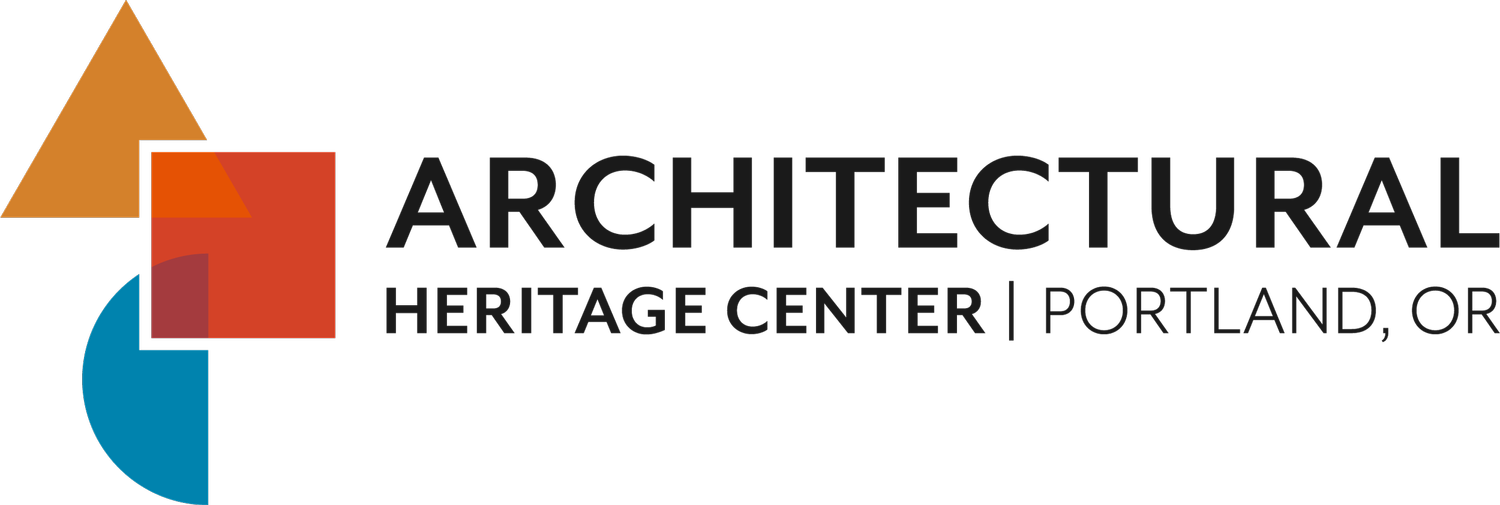2024 ARCHITECTURAL HERITAGE CENTER CANDIDATE SURVEY RESPONSES
Jennifer Park Candidate for City Council for District 2
LIVABILITY: Stewardship of Portland’s built environment is a key quality of life issue. The preservation and reuse of existing buildings is an important component of sustainable development and helps to maintain strong, livable communities.
Q1
Agree: From preservation funding for maintaining existing housing to commercial conversions to sustainably upgrade our built infrastructure, maintaining our existing buildings is a critical path for revitalization, preservation, and sustainability.
ADAPTIVE REUSE: Do you think the conversion of empty or underused commercial buildings (e.g., offices or warehouses) into new uses can advance two important objectives:
a. alleviate Portland’s affordable housing shortage;
b. help to revitalize the city’s downtown.
Q2
Agree:Yes it can support the affordable housing shortage, and yes it can help revitalize downtown. It can also decrease the climate impact of our built infrastructure, and the carbon emissions related to new development.
SUSTAINABILITY & CLIMATE: Building reuse, instead of demolition and replacement, equates to taking thousands of cars off the road (EcoNorthwest Study). Promoting reuse should be an important component of achieving Portland’s sustainability goals.
Q3
Agree: [No comment]
FINANCIAL INCENTIVES: To make building conversion and reuse economically feasible, many believe we need better financial tools, such as a state rehabilitation tax credit – a tool used by 39 other states. Would you support making that a priority on the City’s legislative agenda?
Q4
Yes: One of the most challenging elements of commercial conversion is the cost of seismic upgrades, but in a region expecting a significant seismic event, these are community safety protections we should be investing in.
DEVELOPMENT IMPACTS: We need more affordable housing. However, proposed zoning changes (e.g.significant increases to building height and scale) can incentivize demolition, displacement, gentrification, and erasure of cultural heritage. How concerned are you about these potential negative consequences?
Q5
Somewhat concerned: We cannot make sweeping changes to our policies, including zoning changes, without impact analysis. That said, I think we should build mechanisms for going above-and-beyond the minimum threshold for things like Inclusionary Housing. We can be truly innovative in increasing density without exacerbating displacement. This is truly critical in District 2, where we have seem some of the worst history of systemic, intentional, oppression and displacement of the black community.
PLANNING KNOWLEDGE: How familiar are you with Portland’s Comprehensive Plan, zoning codes, land use regulations, and current policies for historic properties?
Q6
Very familiar: [No comment]
INFILL DEVELOPMENT: In Portland’s historic areas, it’s important that new infill construction fit with surrounding context and retain the districts’ unique qualities and identity.
Q7
Agree: [No comment]
CONSERVATION OF PORTLAND “MAIN STREETS”: Portland’s unique identity is due in large part to its many distinct and diverse neighborhoods and “streetcar-era main streets.” Many were the original main street when these areas were separate cities before being annexed into the larger City of Portland. Recent rezoning, increased height limits and no historic protections make these areas vulnerable to demolition. Would you support the creation of mini-Conservation Districts (typically 1 or more blocks) to help retain these iconic commercial main street centers?
(For Reference: Conservation Districts have greater flexibility than Historic Districts given that they still allow for growth and change but can support more context-sensitive development. New Conservation Districts would have demolition review for contributing resources, objective design standards, and the height limit of the zone).
Q8
Yes: [No comment]
TOURISM: Historic buildings and public spaces are a significant economic asset as a major attraction for tourism. What priority should this be given when planning and setting policy?
Q9
Low: The most important priority is our community, that is what we should center our ideas and decisions on. If we invest in historic buildings because it is reflective of our culture, we will see the benefits of its impact on tourism. Tourism, however, should not be the impetus for our decision making.
BONUS: Tell us your favorite building, neighborhood, or place in Portland.
Q10
RESPONSE: I can't help but have an unwavering love of the Sol Terra building on SE Division. The beauty of the mural married with the living wall on the side of an interesting building overlooking the railroad track. It's just stunning to me every time I go by.





